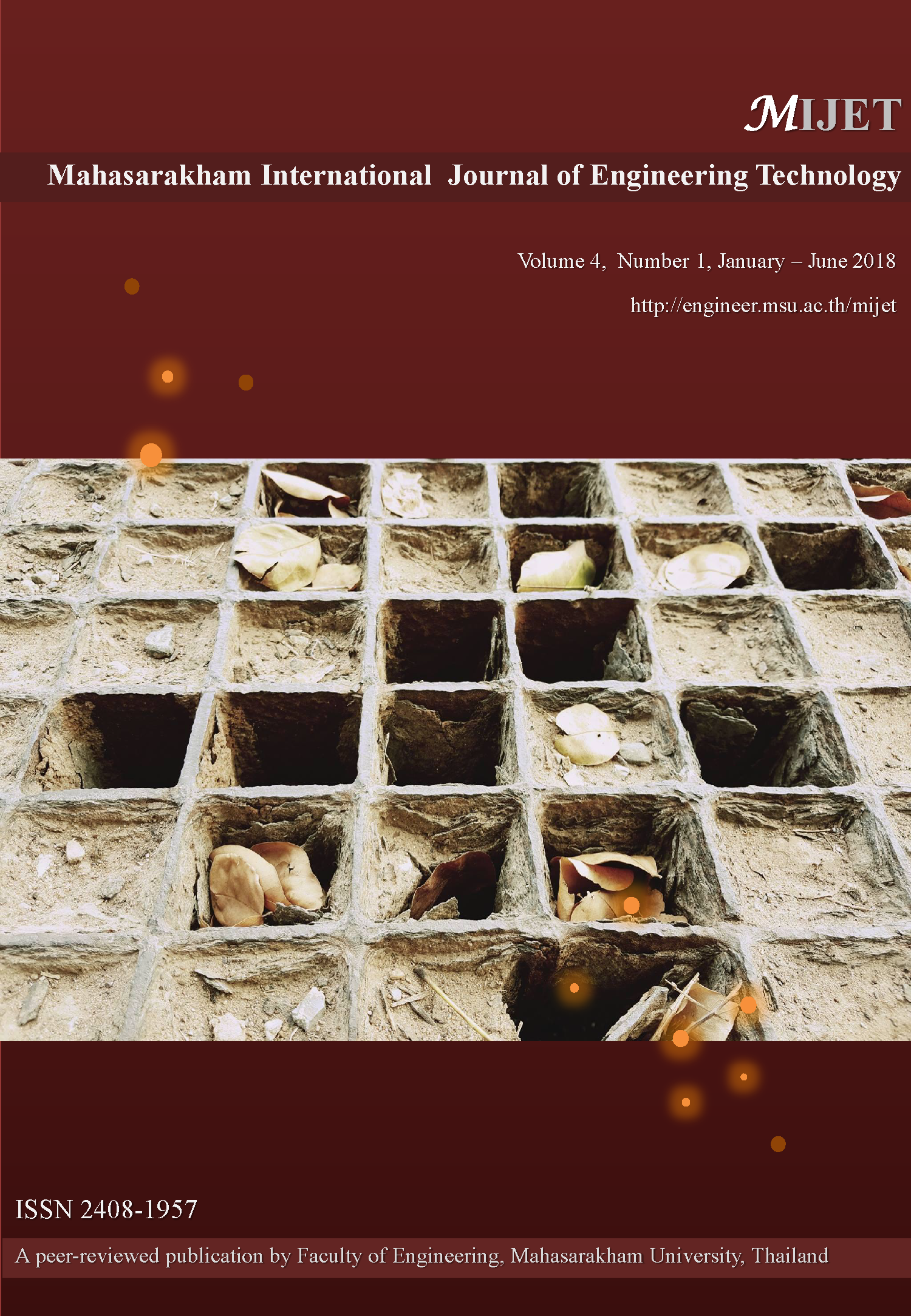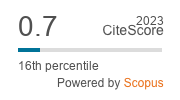Behavior of Hardness in Heat-treated Multi-alloyed White Cast Irons with Varying Mo Content
doi: 10.14456/mijet.2018.2
Keywords:
Multi-alloyed white cast iron, heat treatment, hardness, Mo effectAbstract
In this work, the effect of molybdenum (Mo) content on behavior of hardness in heat-treated multi-alloyed white cast iron with varying Mo content from 0 to 7.60 wt% was investigated. The cast irons were prepared under the basic alloy composition of 5 wt% Cr, W and V each. After annealing at 1223K for 18 ks, the test specimens were austenitized at 1323K for 3.6 ks in a vacuum furnace and subsequently hardened by a jet-spray of liquid nitrogen. The tempering was carried out at temperatures from 673 to 873K at 50K intervals for 12 ks. It was found that the hardness in the as-hardened state was increased progressively with an increase in the Mo content. In the tempered state, the hardness curve showed clear secondary hardening due to the precipitation of fine secondary carbides and a reduction of the retained austenite. The maximum tempered hardness (HTmax) was obtained in the specimen tempered at 798K in all specimens. The HTmax increased first, and then subsequently decreased with an increase in the Mo content. The highest HTmax value, 910 HV30, was obtained in the specimen with 5wt% Mo.
References
[2] MATSUBARA, Y. Development and applcations of multi-alloyed white cast iron for rolling and pulverizing mills. In the Fifth International Conference on Science, Technology and Innovation for Sustainable Well-Being (Lao PDR). 2013, P.1-12.
[3] HASHIMOTO, M. Development of multi-component white cast iron roll and rolling technology steel rolling (Italy). In Abrasion 2008, 2008.
[4] MATSUBARA, Y. et al., Continuous cooling transformation behavior of multi-alloyed white cast iron. Journal of Japan Foundry Engineering Society, 1999, Vol 71, p.183-189.
[5] HASHIMOTO, M. et al., Analysis of carbides in multi-component white cast iron for hot rolling mill rolls, JAPON:2004, Vol. 44, p. 9-16.
[6] SASAGURI, N., et al., Influence of Co content on heat treatment behavior and abrasive wear characteristics of multi-component white cast iron. Journal of Japan Foundry Engineering Society, 2010, vol 82(11), p. 667-673.
[7] HASHIMOTO, M., Effect of alloying element on compressive and wear properties of multi-component white cast irons for steel rolling mill rolls, In Abrasion 2011 (Belgium), 2011, p. 183-192.
[8] INTHIDECH, S., SRICHAROENCHAI, P. and MATSUBARA, Y., Effect of alloying elements on heat treatment behavior of hypoeutectic high chromium cast iron. Materials transactions, 2006. Vol 47(1), p. 72-81.
[9] KHANITNANTHARAK, W., et al, Effects of Carbon and Heat Treatment on the Hardness and Austenite Content of a Multi-Component White Cast Iron, AFS Transactions, 2009, vol 117, p. 435-444.








